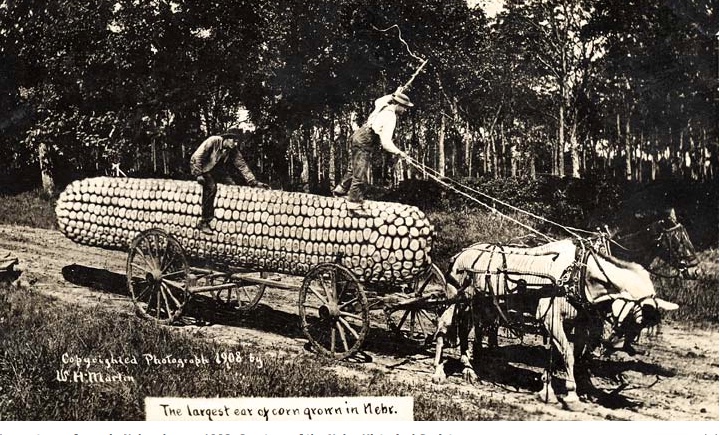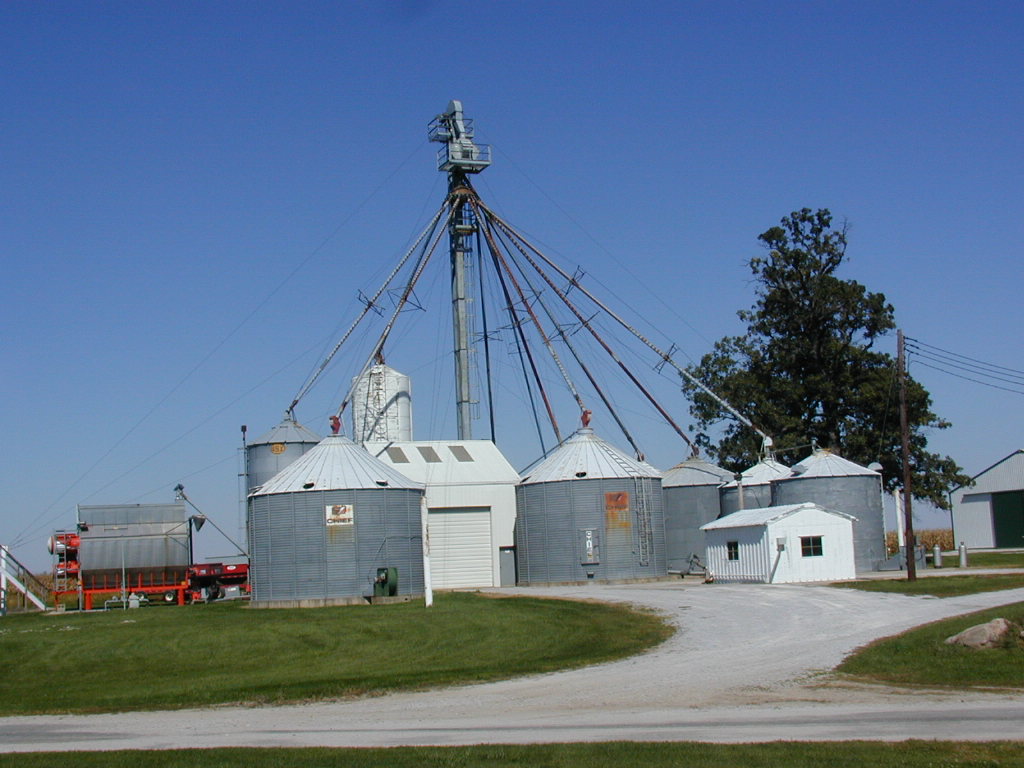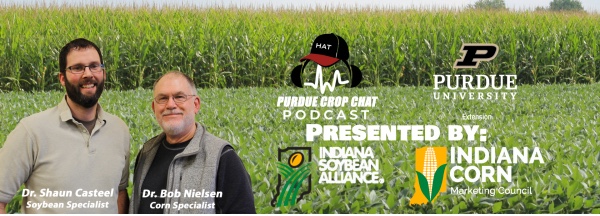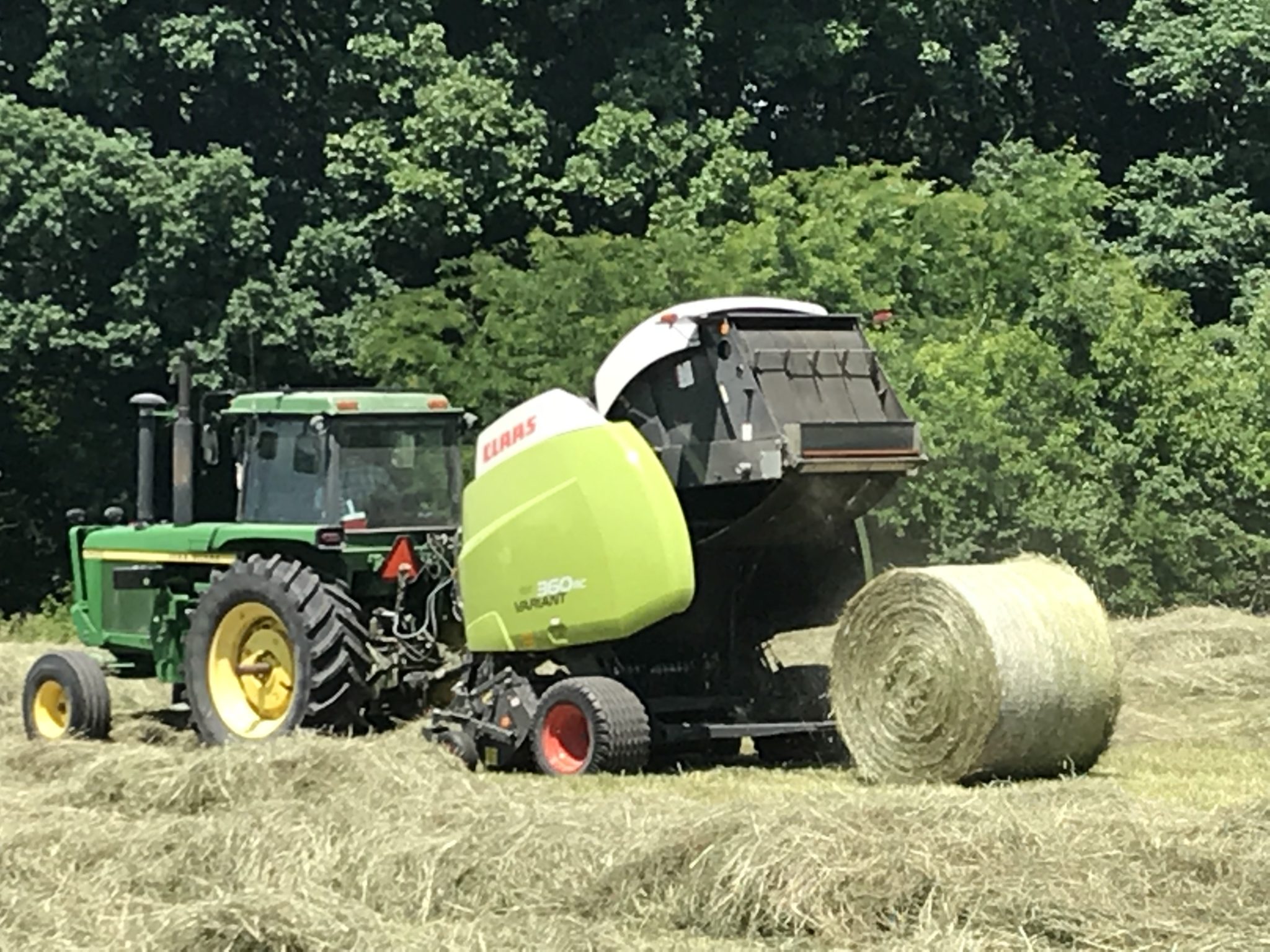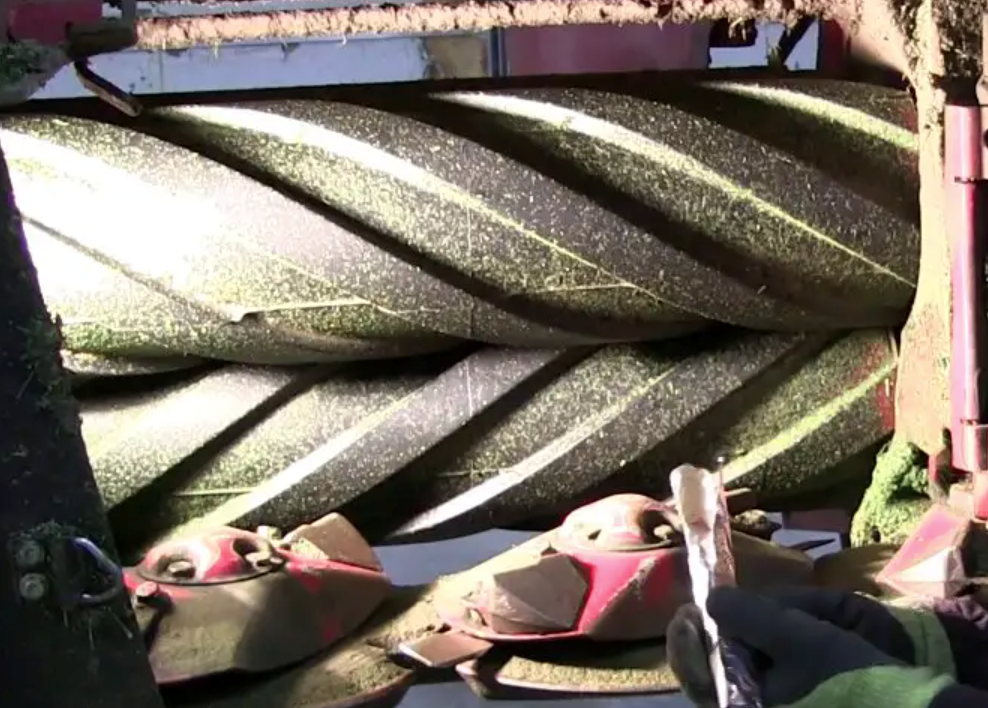
Soybean development in 2024 has been about 10 days ahead the 5-year average from flowering to pod development to leaf drop (USDA-NASS, 2024). Fast stand establishment and high accumulation of heat units (GDDs) during May and June certainly set the pace. Now in many areas, harvest is fully in gear based on the combinations of early maturities, early plantings, and late season heat and dryness. Timely planting is foundational for maximizing soybean production. Growing up in the Midwest, the mindset was to plant corn first followed by soybean (as long as it was planted by Memorial Day you were “fine”). That sentiment has changed based agronomic research, Extension recommendations, and farmers’ experience. Indiana planting of soybean shifted dramatically in 2018 to within ~4 days of corn planting where it had averaged 14 days behind corn the previous ten years. In fact, Indiana farmers continue to place high priority on soybean[Read More…]




